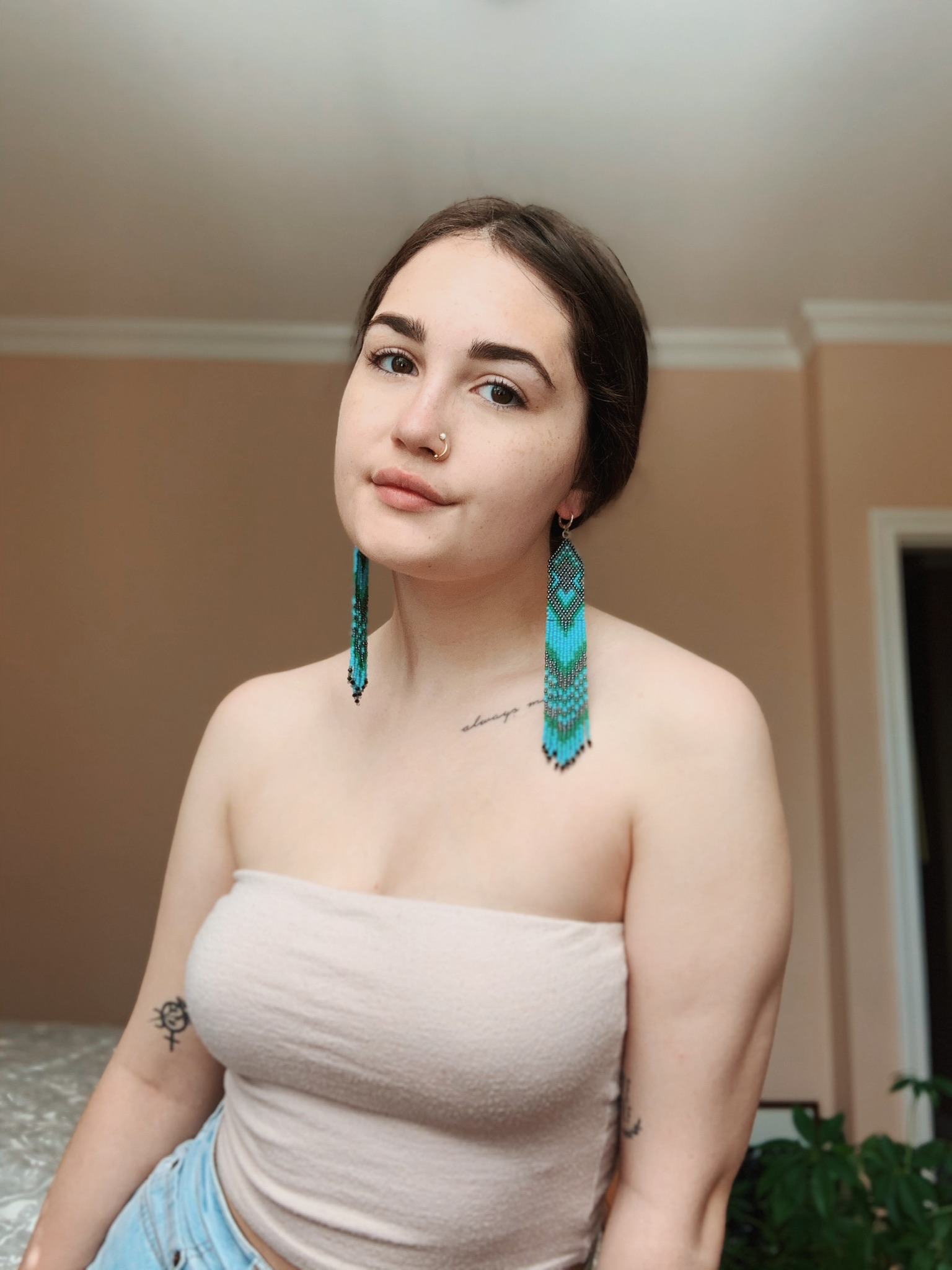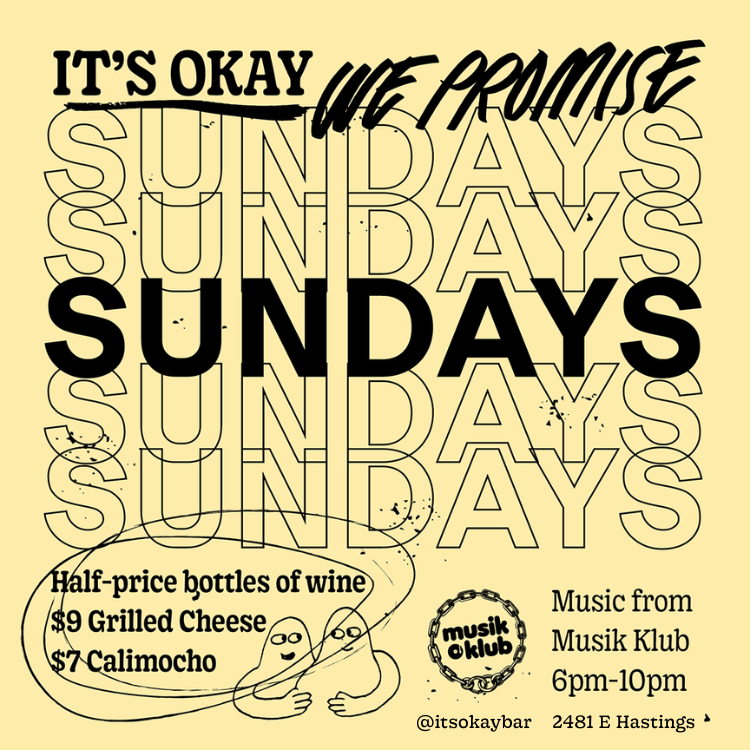Illustration by Lynx and Company.
By Tayvie Van Eeuwen
@tayvieeee
Right now we are all, hopefully, practicing diligent social distancing by positioning ourselves six feet away from other people, avoiding in-person social gatherings, and turning to digital events instead.
However, I can’t help but wonder about those who don’t have access to iPhones and laptops, and reliable, safe internet. More than just methods of online connection, homeless folks lack the basic and obvious necessities: food, water, shelter. Staying home in order to follow self-isolation protocols is not an option when you don’t have a home.
On the news, I have heard concerns that homeless folks are “Ignoring social distancing measures.” But what if your very means of survival is rooted in other people on the streets? If anything, homeless populations probably understand the necessity for community more than middle and upper class sectors.
There have been calls to help Vancouver’s most vulnerable population, notably putting the onus on the City of Vancouver.
As Mayor Stewart explained in a statement to the Globe and Mail, “This is my top concern. We have about 10,000 residents who can’t self-isolate and have compromised health. We are beginning to shut down all non-essential services … to target our resources.”
However, the City of Vancouver lacks the resources to completely curb the spread of COVID-19 in homeless populations through social distancing and self-isolation facilities. They have begun to secure hotel spaces and community centres that will house healthy individuals, with a portion of rooms available for investigative and confirmed cases of the novel coronavirus.
But Mayor Stewart is still concerned.
With Vancouver having the second largest homeless population in Canada, Stewart has requested provincial and federal governments aid for food and building security, safe drug supply, and extended measures at overdose prevention sites.
In response, BC Premier John Horgan has banned evictions from B.C. Housing-funded buildings and created a group will be dedicated to homeless and insecure housing populations. However, several advocates have stated that help cannot come soon enough, specifically in the Downtown Eastside where 80 per cent of Vancouver’s homeless population resides.
In an open letter to John Horgan, frontline workers in the Downtown Eastside expressed their exhaustion, citing the public health emergency they have been fighting for more than four years: the opioid crisis.
Now the opioid crisis is intersecting with the COVID-19 pandemic to create a fatal situation. With borders closed, the illicit drug supply that sustains many of the Downtown Eastside’s residents is drying up and that means one of two things without help: residents will die of withdrawal symptoms or of desperate measures. Add the coronavirus to the mix and even those advised to isolate in social housing units must make the trip out to seek out drugs or city-funded alternatives.
Opioid replacement therapies like methadone, suboxone, iOAT and TiOAT are not freely given. Addicts must visit a local pharmacy sometimes multiple times a day to receive the treatment, due to medications such as methadone only lasting 8-12 hours at a time. After that, users will actively enter withdrawal.
But, social distancing isn’t attainable for all. Registered nurses and frontline workers in the DTES say isolation itself can be fatal. Addicts are more likely to overdose without access to safe-injection sites or community members around them. Those with mental health issues can experience a variety of challenges.
For those that do overdose in the DTES, nurses and frontline workers are being instructed to limit naloxone treatments. Last week, health officials reported eight deaths by suspected overdoses — a number that has peaked since August 2019. The lifesaving drug is paired with the use of oxygen and artificial respirators, both of which are aerosol-generating methods and require extensive personal protective equipment (PPE) to administer right now. As with all public health spaces, PPE is running out in the DTES, and fast. In addition, firetrucks are no longer being directed to overdose calls, meaning ambulances are the only response. Frontline workers are pleading for visibility, writing:
We are terrified that we will witness our community members suffer preventable and treatable deaths due to a shortage of PPE. As limited PPE is prioritized for acute-health-care services, we are concerned that we will be forgotten and not be supported to provide the lifesaving services this community depends on.
I spoke to Namira Dossa, a former frontline worker in Vancouver’s DTES, over the phone. She remarks that even simple hygiene is hard to come by; the closure of public facilities makes bathrooms and showers nearly impossible to access.
The City of Vancouver has implemented several measures to help with the shortage of hygienic facilities, opening up temporary spaces and “hiring a commercial cleaning contract for high-priority, single-room occupancy (SRO) hotels.” In addition, the city has announced they would fund meal delivery for 14 days to the 1,100 residents in SRO hotels in hopes of facilitating self-isolation.
While the city has carried out promising actions in the past weeks, the greatest challenge to many is the stigma around homelessness. Fear has painted a cold narrative towards Vancouver’s most vulnerable.
“Do your research first. A lot of folks are in the situations you are [in], at no fault of their own,” Dossa encourages. “You never know what someone is going through, and I can’t imagine being isolated during this pandemic with no one, or no home to go to, could you?”
Ginger Louis, a Coast-Salish housing support worker at Vancouver Aboriginal Transformative Justice Services Society (VATJSS) echoes Dossa’s sentiment, especially for Indigenous folks facing homelessness. In Vancouver, more than 43 per cent of the homeless population is Indigenous — a number that VATJSS has witnessed during their annual participation in the homeless count.
“There is absolutely nowhere to go, zero affordable housing. Indigenous Housing Organizations have very lengthy wait lists. Even with the amount of BC Rapid Response Modular Units provided, those only housed a very small percentage of those homeless,” Louis explains via online correspondence.
”Can you imagine trying to social distance in the shelters, especially those with the mat and blanket program and having to sleep a few feet apart? That being the case, the need would be for more space to be sufficient, which is not available, forcing more people out on the street [to abide by social distancing measures].”
Pandemics are not new to Indigenous communities. Since the first European contact, Aboriginal peoples have been subject to biological warfare, making it difficult to navigate fear and generational trauma in the current pandemic.
As Louis describes, this is a personal view of many VATJSS clients.
“They don’t know what services are out there and many of them prefer working with Indigenous organizations, as they feel safer opening up and asking for help from other Indigenous people.”
Specifically for Indigenous communities where Elders are cultural carriers, the fear of being infected is extrapolated. VATJSS has responded to these worries by providing care packages to Elders, containing everyday essentials, produce, toothbrushes, tuna, coffee, laundry detergent, protein drinks, and Native medicine, among other items.
In addition, they have provided partial rent supplements to Indigenous individuals who have experienced loss of work due to COVID-19. Vouchers for Quest Food Exchange or gift cards are being distributed for groceries and essential items, as well as food tickets for the Evelyne Saller Centre, a community service for low income and at-risk adults in the DTES. For those living on the streets, tents and sleeping bags are available.
Fortunately, there are several frontline organizations working to assist Vancouver’s most vulnerable population. Some nonprofits and organizations have had to suspend non-essential services, such as employment or counselling programs, and had to focus their smaller workforce on food distribution.
So, what is the best way to support Vancouver’s homeless population? By donating towards frontline organizations such as the Downtown Eastside Women’s Centre or educating others on the extreme vulnerability homeless folks are facing during the COVID-19 pandemic.
The Greater Vancouver Food Bank has advocated for potential donors to prioritize financial donations, which can go further through their buying power.
As Dossa reminds us, “Once you get to know a lot of the folks on the streets, you get to know their stories, too. Be kind to everyone, especially now.”

Tayvie is a Métis/Anihšināpē and Irish/Scottish student and writer. Her circle is small, but her joy is large. She splits her time between over-thinking and visiting Disneyland. Read her articles to take a peek inside the world of mental illness and happy news, because it’s all about balance, right? Tayvie is grateful to operate on the unceded Coast Salish territory of the Musqueam, Squamish and Tsleil-Waututh First Nations.




